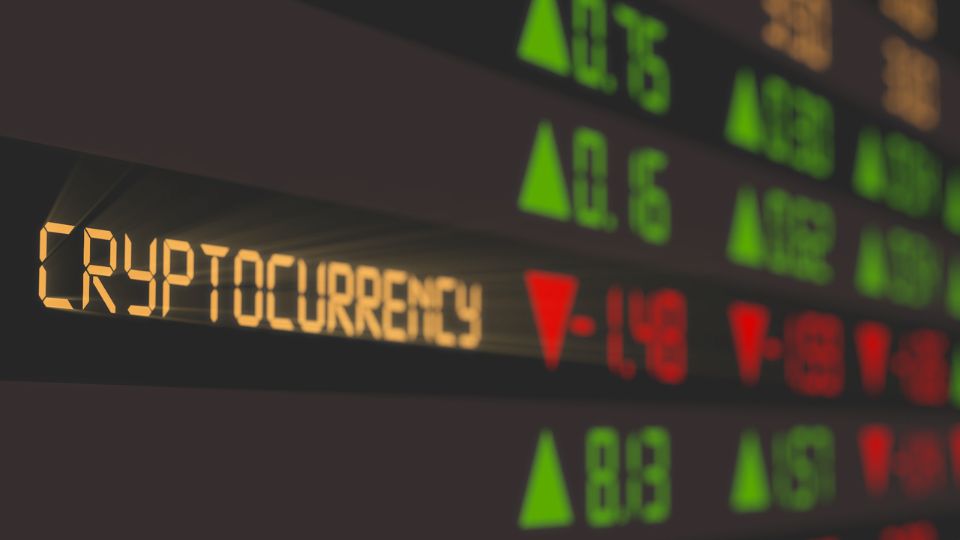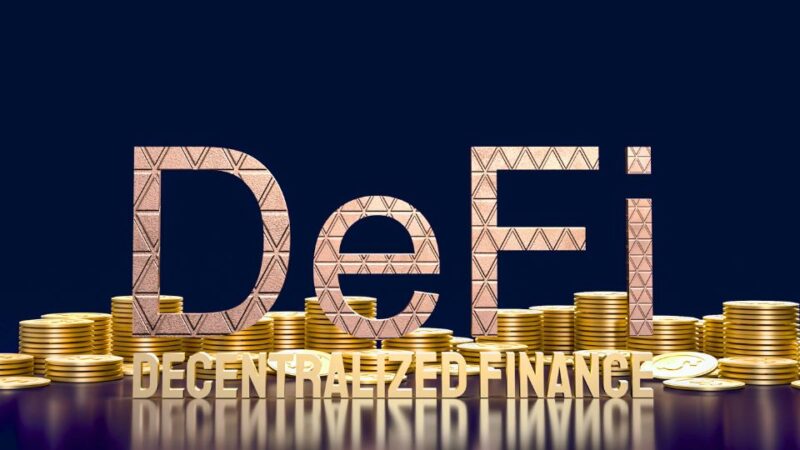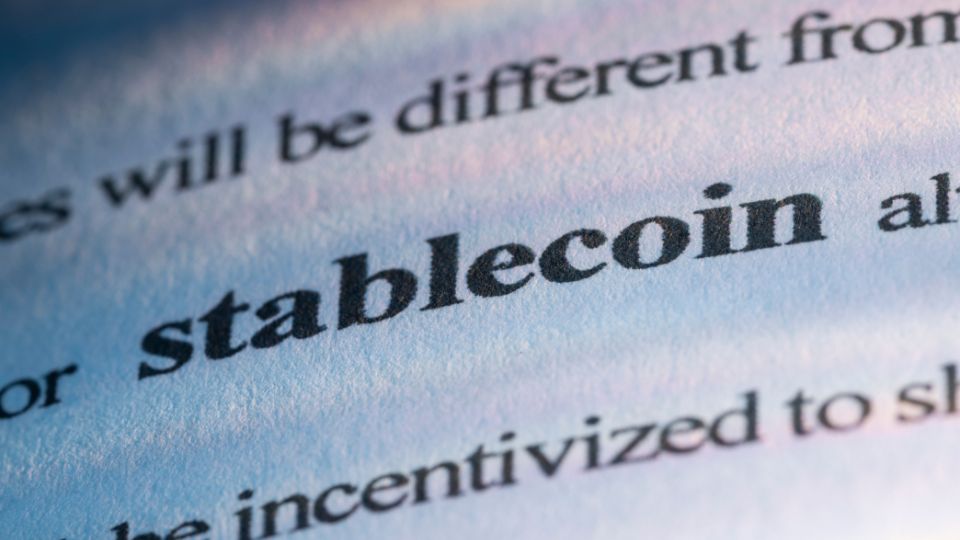What is DeFi? Discover its transformative potential, contrasting its decentralized nature with traditional finance.
In a world where traditional banks tower like financial Goliaths, a David emerges from the shadows of the blockchain—DeFi. This revolutionary financial model, known as Decentralized Finance, promises a future where financial transactions are no longer monopolized by the giants of old. In this evolving new world, finance is becoming accessible to anyone with an internet connection.
DeFi extends the basic premise of the peer-to-peer paradigm to include everything from loans and insurance to asset trading, all without the need for traditional financial intermediaries. Even though Defi has faced many challenges during its rise, it remains the main contender to dethrone the very foundations of traditional finance.
DeFi platforms enable users to maintain control over their funds and interact with a global financial network without going through traditional gateways.
What is DeFi? – Key Terms to Understand
To gain a basic understanding of what DeFi is, we need to make sure that we understand some of the jargon used in this new world of finance. There are several emerging technological innovations that have differentiated Defi from traditional finance. Let’s identify some of these key technologies and review the fundamental definitions of each term in a broad sense:
The Blockchain: The blockchain is a decentralized and distributed digital ledger technology. The blockchain records transactions across multiple computers in a secure and immutable manner. It consists of blocks of data linked together cryptographically, forming a chronological chain. This chain is often referred to as a peer-to-peer network.
DeFi: DeFi is short for Decentralized Finance. It refers to a financial ecosystem built on blockchain technology. DeFi aims to provide open access to financial services without the need for traditional intermediaries like banks. It enables users to engage in various financial activities such as lending, borrowing, and trading directly through decentralized applications
Ethereum: Ethereum is one of the most notable of several decentralized, open-source blockchain platforms. Ethereum, along with other similar blockchain platforms, enables developers to build and deploy decentralized applications and smart contracts. These applications go far beyond simple peer-to-peer transactions.
Cryptocurrency: Cryptocurrencies are digital or virtual currencies secured by cryptography and built on blockchain technology. They operate independently of central banks and governments, using decentralized networks to enable secure and transparent peer-to-peer transactions.
Bitcoin: Bitcoin is a decentralized digital currency that operates on a peer-to-peer network of computers. It allows users to send and receive payments without the need for intermediaries like banks. Bitcoins are created through a process called mining, where participants use computer power to solve complex mathematical problems.
Stablecoin: A stablecoin is a type of cryptocurrency designed to maintain a stable value by pegging it to a fiat currency like the US dollar or a commodity like gold. It provides the benefits of cryptocurrencies such as fast and borderless transactions while mitigating the volatility associated with other cryptocurrencies like Bitcoin.
Smart Contract: A smart contract is the opposite of a dumb contract (just kidding). Actually, a smart contract is a self-executing digital contract that is programmed to automatically enforce and execute the terms of an agreement when specific conditions are met. These contracts are stored and executed on a blockchain, ensuring transparency, security, and immutability of the contract’s execution.
Related: Bitcoin Halving: A Comprehensive Guide
Related: What Exactly are Bitcoin ETFs and How Do They Work?
What is Defi versus Traditional Finance?
Key Components: Traditional finance, characterized by its reliance on centralized financial institutions such as banks, stock markets, and insurance companies, serves as the backbone of the global economy. These institutions act as intermediaries in the financial ecosystem, facilitating transactions, lending, and investment activities. However, when contrasted with Decentralized Finance, the inherent limitations of traditional finance—such as dependency on intermediaries, geographic and socioeconomic barriers, and often opaque regulatory frameworks—become apparent.
Operation Model: At its core, traditional finance operates through a network of centralized institutions, each governed by a regulatory body or authority. This model relies heavily on intermediaries to execute transactions, manage risks, and ensure compliance with various legal standards. In contrast, DeFi introduces a decentralized model where transactions are executed directly between parties, mediated by smart contracts on blockchain networks. This shift from a centralized to a decentralized model marks a significant departure in how financial services can be designed, delivered, and experienced.
Advantages and Limitations: Traditional finance is not without its merits; it offers a degree of stability, regulatory protection, and a well-established framework for resolving disputes. However, its limitations—high fees, exclusivity, and inefficiencies—are areas where DeFi shines brightest. By leveraging blockchain technology, DeFi promises to address these limitations, offering lower transaction costs, greater accessibility, and enhanced efficiency. Yet, as we delve deeper into Decentralized Finance, it’s crucial to recognize that this new financial landscape also introduces its own set of challenges, including regulatory uncertainty and the need for enhanced security measures.

Protocols and Platforms – What is Defi? Digging Deeper Down the Rabbit Hole
Decentralized Finance leverages blockchain technology to offer financial services without traditional intermediaries. Now let’s delve into the core mechanics of DeFi protocols and platforms within the Ethereum ecosystem and outline some notable examples.
How Ethereum Enables DeFi
Ethereum provides the foundational layer for DeFi protocols through its support for smart contracts. These self-executing contracts with the terms of the agreement directly written into code allow DeFi platforms to operate. They enable a trustless environment where users can engage in various financial transactions without the need for a central authority. This feature of the Ethereum blockchain makes it particularly conducive to building DeFi applications.
Notable DeFi Protocols: MakerDAO, Uniswap, and Compound
- MakerDAO: A protocol that issues the stablecoin DAI, which is pegged to the US dollar. It allows users to deposit Ethereum as collateral and generate DAI against it, creating a decentralized credit platform on the Ethereum blockchain.
- Uniswap: Functions as an automated liquidity protocol. It facilitates automated transactions between cryptocurrency tokens on the Ethereum blockchain through the use of smart contracts.
- Compound: A protocol that establishes money markets, which are pools of assets with algorithmically derived interest rates, based on the supply and demand for a particular asset. It allows users to lend and borrow Ethereum-based assets.
Decentralized Exchanges (DEXs) and Their Growth
Decentralized exchanges (DEXs) such as Binance and Uniswap have seen significant growth as part of the DeFi movement. Unlike traditional exchanges, they operate without an intermediary, providing direct peer-to-peer cryptocurrency transactions through the use of liquidity pools.
Liquidity mining has emerged as a popular concept within DEXs, referring to the process of providing liquidity to a pool and, in return, earning rewards, typically in the form of additional tokens.
Related: Instantly Access Crypto Liquidity via Credit Cards
What is Defi in terms of Safety and Risks?
While decentralized finance provides innovative financial solutions, it also introduces distinct safety challenges and risks. Users must be aware of smart contract vulnerabilities, the prevalence of theft, and the evolving landscape of regulatory compliance.
During the early days of blockchain adoption, regulators were not initially able to keep up with all the rapid developments in this technology. There have been notable failures in terms of some company governance and regulatory oversight such as what occurred with the failure of the FTX exchange.
Understanding Smart Contract Risks
Smart contracts are the backbone of DeFi applications. They are self-executing contracts with the terms of the agreement directly written into code. Yet, they are not infallible. Smart contract risks arise from code that can be exploited due to bugs or poor programming practices. Given the volatility of the DeFi sphere, a small bug can lead to large, irreversible losses for users.
The Challenges of Security and Theft Prevention
DeFi platforms can become targets for scams and theft, with hackers constantly probing for security weaknesses. Since DeFi services operate online, they are susceptible to cyberattacks, which have resulted in significant losses in the past. Users should be cautious and perform due diligence in ensuring that the platforms they use have robust security measures in place.
Regulatory Concerns and Compliance
Regulatory concerns are a developing aspect of DeFi, as governments begin to scrutinize these financial services. The lack of centralized control means DeFi currently operates in a grey area of finance; however, this is likely to change as authorities work to address regulatory concerns. Users must be aware of compliance issues that may affect their investments, as DeFi platforms may need to adjust operations to meet new legal standards, impacting accessibility and functionality.
Frequently Asked Questions
In this section, we will provide you with some concise answers to common inquiries about decentralized finance (DeFi).
What are the key principles underlying decentralized finance?
Decentralized finance is founded on transparency, accessibility, and inclusivity, with the elimination of intermediaries like banks. It relies on blockchain technology, mainly on Ethereum, which enables anyone with an internet connection to access financial services through smart contracts.
Which platforms are considered the go-to for engaging in DeFi activities?
Platforms such as MakerDAO, Compound, and Aave are widely recognized in the DeFi sector for lending and borrowing activities. Uniswap and SushiSwap are prominent for decentralized exchanges (DEXs), which facilitate the trading of cryptocurrencies.
What steps should an investor beginner take to understand what is DeFi?
One should initially educate themselves on blockchain and smart contracts before diving into DeFi investments. Obtaining a digital wallet, purchasing cryptocurrency, and starting with platforms known for their user-friendly interfaces are advisable first steps.
Is it possible to generate income through DeFi, and what are the risks involved?
Yes, individuals can earn income via interest from lending assets, trading fees from providing liquidity, or through yield farming. However, DeFi involves significant risks like smart contract vulnerabilities, market volatility, and regulatory uncertainty.
What types of applications are prominent within the DeFi ecosystem?
Lending platforms, decentralized exchanges, stablecoins, and synthetic assets represent key applications in DeFi. These services mirror traditional finance but operate on blockchain networks without centralized control.
What are some entry-level strategies for managing a DeFi investment portfolio?
Newcomers to DeFi should consider starting with stablecoin investments to mitigate volatility. They may also diversify across different protocols and routinely monitor their investments due to the rapidly changing nature of DeFi markets.





